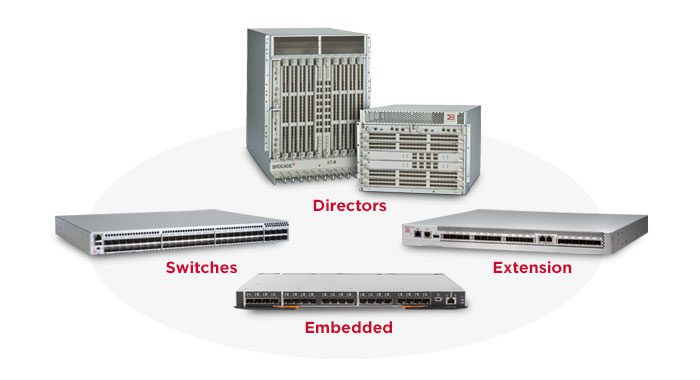CVE-2023-3454: Critical Vulnerability in Brocade Fabric OS Exposes Networks to Remote Attacks

A serious vulnerability has been uncovered in Brocade Fabric OS, the firmware used by popular Fibre Channel switches found in numerous enterprise data centers. This flaw, designated CVE-2023-3454 (CVSS 8.6), could allow malicious actors to remotely execute code on affected switches, potentially granting them full control over these critical network devices.

Brocade Fabric OS Product | Image: Broadcom
The Vulnerability Explained
- Remote Code Execution (RCE): The CVE-2023-3454 vulnerability is classified as a remote code execution flaw. This means that attackers could potentially exploit the vulnerability over the network, without needing direct access to the switch. A successful attack could result in the attacker gaining root access, the highest level of privilege on a system.
- Potential Impact: With root access, attackers could manipulate the switch’s configuration, intercept sensitive data flowing through the network, or deploy further malicious code, potentially disrupting operations and compromising the entire network.
Affected Products
- Brocade Fabric OS versions v9.x through v9.2.0 are known to be vulnerable.
- Older versions of the firmware (Fabric OS v8.x and below) are not affected.
Urgent Mitigation Required
Broadcom, the company that acquired Brocade and now maintains Fabric OS, has released a security update addressing the CVE-2023-3454 vulnerability. Organizations using affected Brocade switches are strongly advised to take the following actions:
- Upgrade Immediately: Upgrade the firmware of all affected switches to Fabric OS v9.2.0 or later as soon as possible.
- Review Security Plans: Take this opportunity to reassess your overall network security posture, ensuring strong access controls, network segmentation, and regular patching practices are in place.
The Importance of Fibre Channel Security
Fibre Channel networks are often the backbone of storage area networks (SANs), handling critical and sensitive data. Vulnerabilities in this infrastructure pose a major risk to businesses and organizations. This latest incident highlights the importance of timely patching and proactive security measures for all network components.





